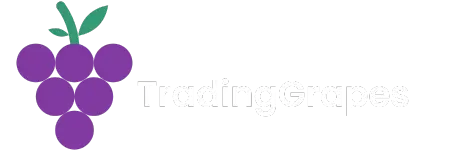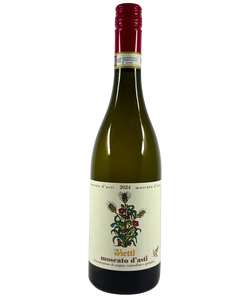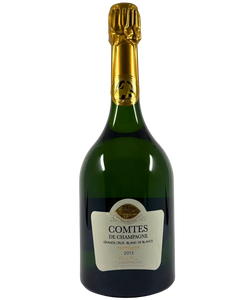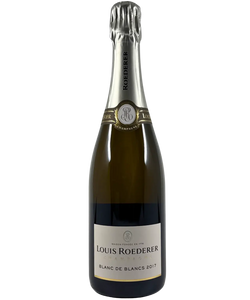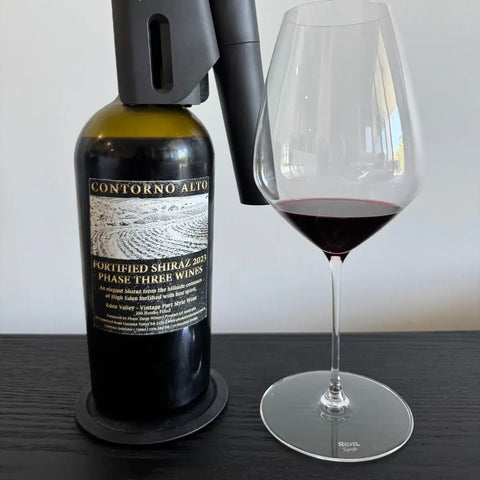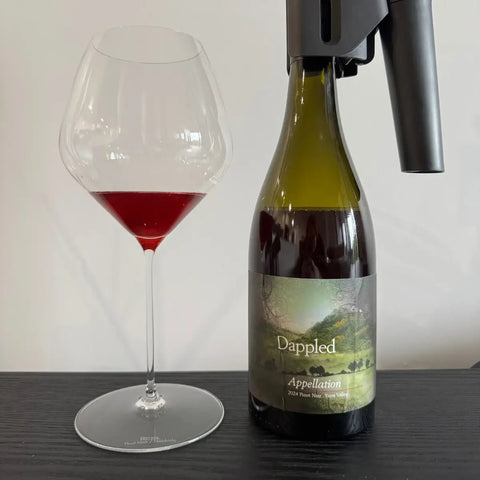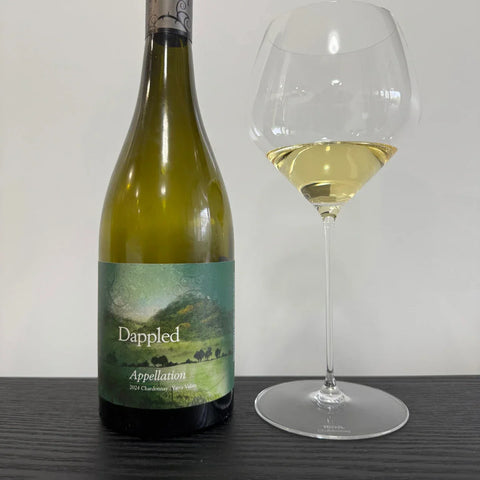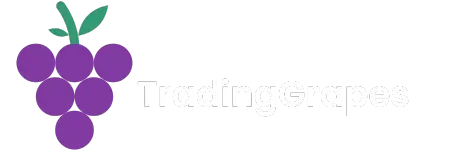If you’ve ever written off sauvignon blanc as “just another zesty white,” it might be time for a rethink. Sure, the classic style—fresh, grassy, full of citrus—is a crowd-pleaser. But sauvignon blanc is also capable of surprising depth, especially when it’s been oaked or aged. From the flinty finesse of Sancerre to the creamy complexity of Dog Point Section 94, here’s your guide to the many sides of sauv blanc.
The classic sauvignon blanc
This is the style most people know and love: dry, crisp, and loaded with aromas of lime, passionfruit, green apple, and cut grass. New Zealand—especially Marlborough—is ground zero for this vibrant, aromatic take. Think wines like:
- Cloudy Bay Sauvignon Blanc – the wine that put NZ sauvignon on the global map
- Greywacke Sauvignon Blanc – made by Kevin Judd, Cloudy Bay’s founding winemaker; packed with tropical fruit and zing
- Dog Point Sauvignon Blanc – a more restrained, citrusy version with serious structure
These wines are best enjoyed young, with their high acidity and bold aromatics taking centre stage. They're made in stainless steel tanks, no oak involved, and often released just months after harvest.
The oaked and aged sauvignon blanc
Then there’s the deeper end of the pool. Some sauvignon blancs are barrel fermented or left to age on lees (dead yeast cells from the fermentation process), adding texture, body, and layers of complexity. These wines often mellow the overt tropical notes and lean into savoury, creamy, or nutty flavours.
A few benchmark examples include:
-
Dog Point Section 94 – one of New Zealand’s most ageworthy whites, wild fermented and matured in older oak barrels. It trades punchy fruit for spice, flint, and rich texture.
-
Greywacke Wild Sauvignon – Kevin Judd’s hands-off style brings in wild ferment funk, savoury complexity and depth that evolves beautifully over time.
These wines can drink well on release but often benefit from 5+ years of cellaring, where they take on creamy textures, subtle spice, and even a touch of lanolin or beeswax with age.
If your only experience with sauvignon blanc has been the stainless steel kind, these will blow your mind.
The French connection: Sancerre and Pouilly-Fumé
Before Marlborough, there was the Loire Valley. French sauvignon blanc—especially from Sancerre and Pouilly-Fumé—is known for its restraint, minerality, and elegance.
-
Sancerre is typically unoaked, with bright citrus, green apple, and wet stone characters. Elegant and precise.
-
Pouilly-Fumé gets its name from the subtle smoky (fumé) aroma that some say comes from flinty soils. It’s also usually unoaked but can feel rounder and a touch fuller than Sancerre.
What these styles have in common is structure. They age surprisingly well—5 to 10 years for good examples—and often reveal waxy, honeyed notes with time.
Key differences: young vs. aged sauvignon blanc
|
Feature |
Classic (Young) |
Oaked / Aged |
|
Aromas |
Citrus, passionfruit, grass |
Nutty, savoury, spice, lanolin |
|
Texture |
Light, zippy |
Creamy, layered, sometimes waxy |
|
Ageing potential |
1–3 years |
5–10+ years (depending on style) |
|
Production |
Stainless steel, quick release |
Barrel fermentation, lees ageing |
When to drink which?
- Picnic in the sun? Stick with the classic. Serve cold and enjoy the freshness.
- Dinner with creamy chicken or roasted veg? Go for an aged or oaked sauvignon blanc—it’ll have the structure and texture to carry food.
-
Want to impress your wine-loving mates? Pull out a 5–8 year old bottle of Section 94 or Wild Sauvignon and watch their eyebrows raise.
Final sip
Sauvignon blanc isn’t just a one-trick pony. While the classic citrus-and-cut-grass version will always have its place, the oaked, aged, and French expressions prove this grape has range. So next time you’re wine shopping, don’t be afraid to branch out—there’s a whole world of sauvignon waiting beyond the first pour.
Explore our range of sauvignon blancs here.
